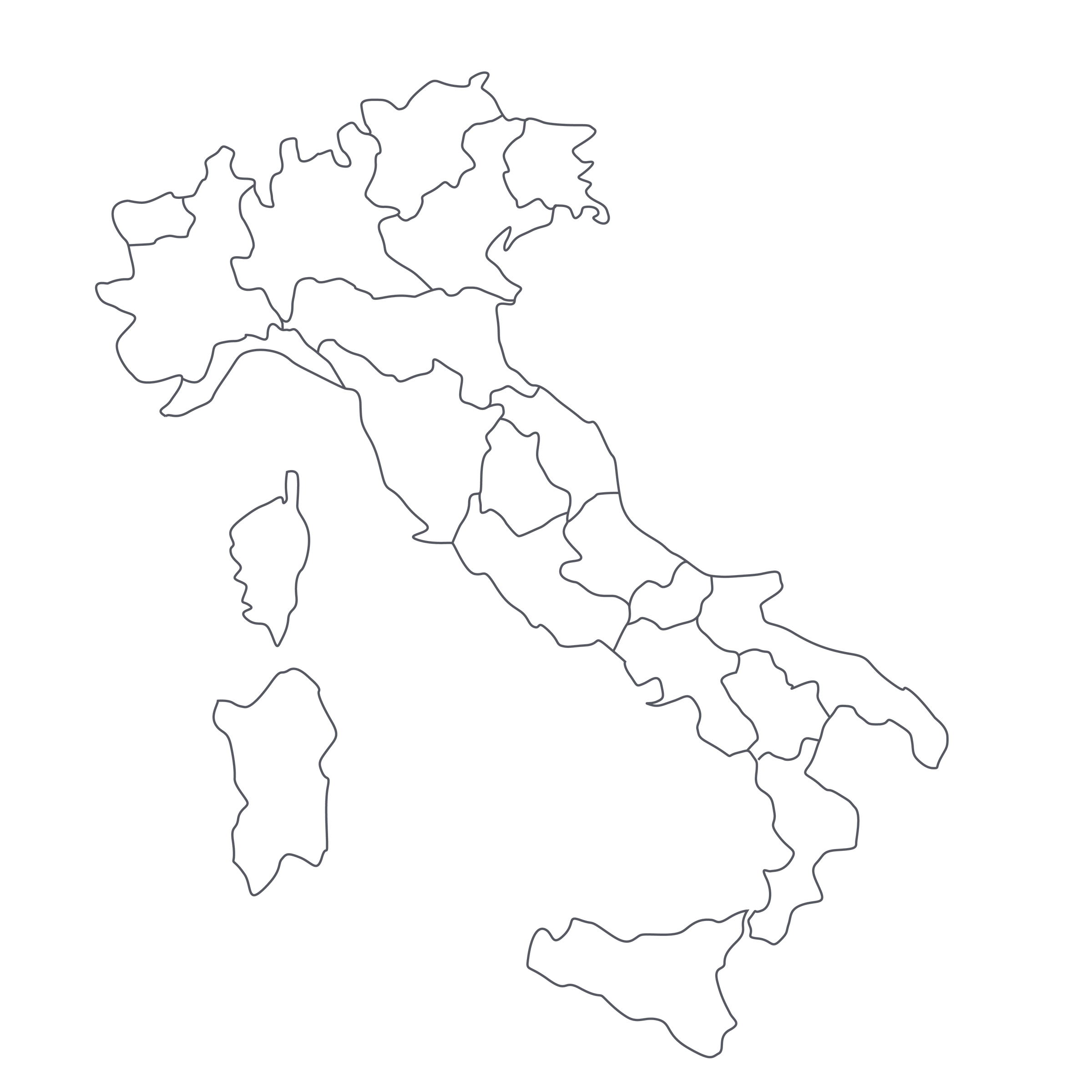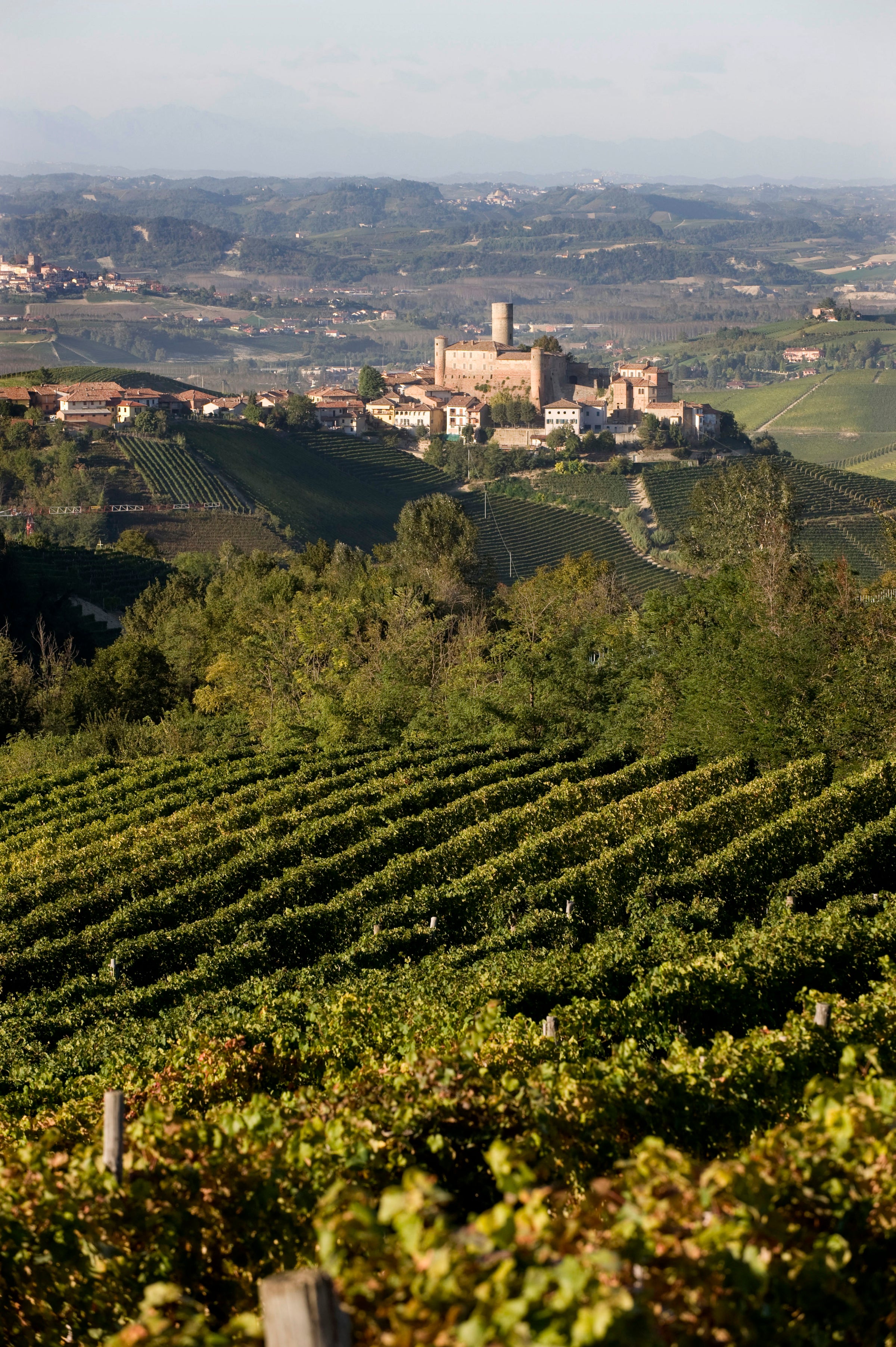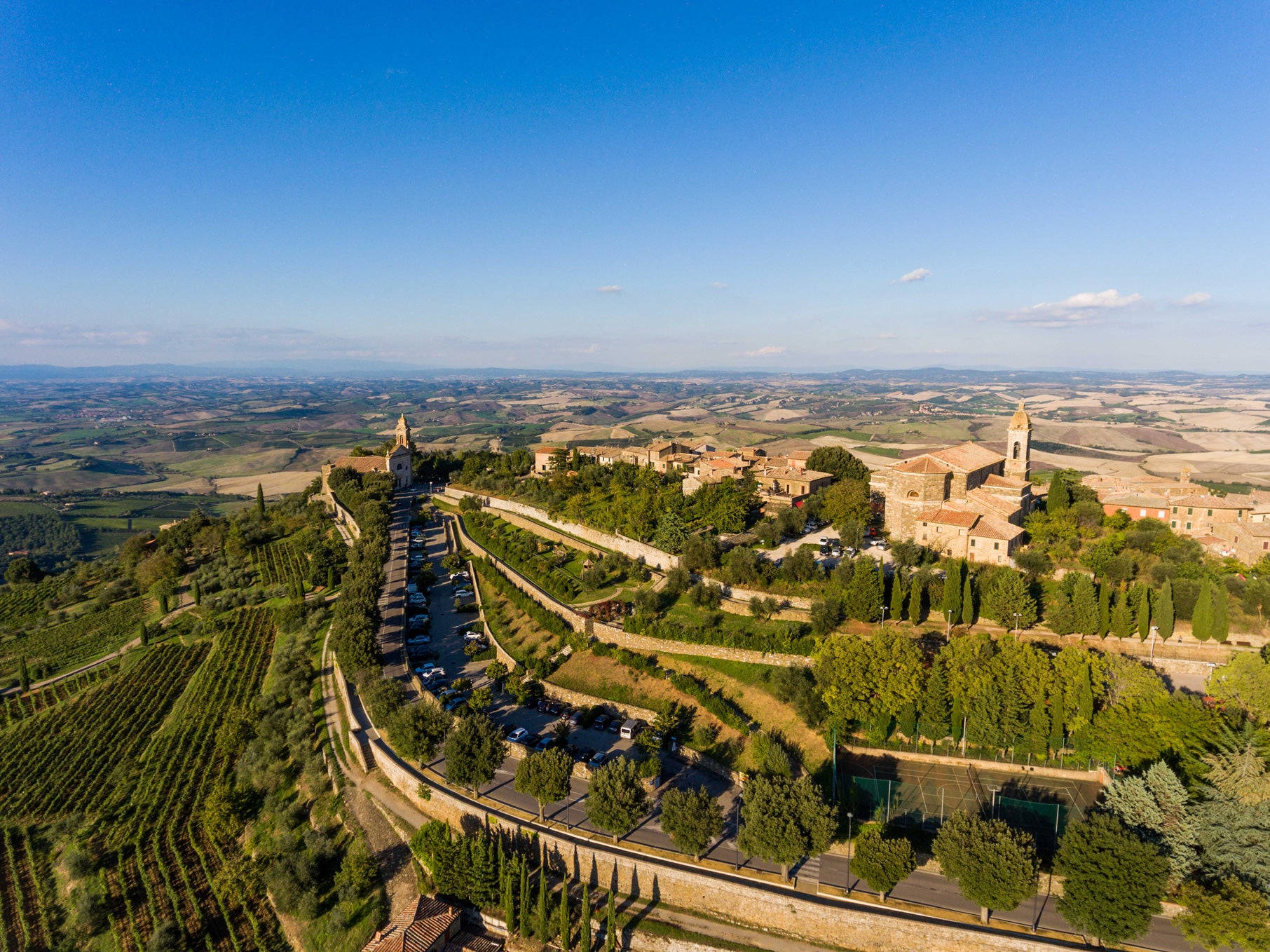Fattoi has always been a “secret weapon” producer for me: It’s a long-established, family-run estate right down the road from two of the most revered wineries in Montalcino—Soldera’s Case Basse and Gaja’s Pieve di Santa Restituta—but its much-lower profile means much-lower prices for wines that are consistently spot-on and resolutely traditional in style.
These wines aren’t about flash and/or excessive concentration; they are always an evocation of Montalcino’s densely wooded slopes and Sangiovese’s ability to pour that place into the glass. With Rosso di Montalcino, of course, what you’re looking for is transparency: this is 100% Sangiovese that spends far less time aging in oak relative to its Brunello siblings, and what I love about it is the unvarnished view of Sangiovese it provides. Today’s 2017 is a study in purity but also one of those Rossos with what I call an “extra gear”—i.e., enough depth and power that it could be mistaken for a Brunello, until you see the price tag. That’s what’s known as a “win-win” in modern Winespeak, so if you’re a fan of drinking time-honored classics without going broke, this is as true to its place and grape as wine gets!
The Fattoi family acquired their property in the mid-’60s and began producing wines commercially in 1979. The estate is on Montalcino’s southwest slope and covers 70 hectares in total, of which nine are devoted to Sangiovese for Brunello and Rosso and five to olive groves. There’s a landmark nearby that will resonate with Brunello insiders: the Chiesa di Santa Restituta, a parish church dating to the Middle Ages and the namesake of Angelo Gaja’s Montalcino property. Just upslope from that landmark is the estate of the late Gianfranco Soldera, a mythical figure in Montalcino wine. This is what you might call prime real estate.
Currently run by Leonardo and Lamberto Fattoi, the estate remains “boutique” in terms of overall production: 20,000 bottles of Brunello di Montalcino and 25,000 bottles of Rosso di Montalcino per year. It’s a straightforward, three-wine lineup—Rosso, Brunello, and in exceptional vintages, Brunello Riserva. Today’s ’17 was fermented in stainless steel and aged for eight months in 33- to 45-hectoliter Slavonian oak barrels. It then spent about three months in bottle before its initial release.
The wine is in its sweet spot right now, so no need to delay: Pull the cork, let it breathe in a decanter for 30 minutes or thereabouts, and enjoy express transport to Tuscany. In the glass, it’s a deep garnet-red moving to pink and a hint of orange at the rim, with aromas that highlight the savory, deep-woods personality of Sangiovese: powerful aromas of black and red cherry fruit, blood orange peel, and wild strawberry are tangled up with licorice, leather, bay leaf, coffee grounds, herbs, and lots of underbrush. It is medium-plus in body, with a firm tannic structure and a terrific amount of freshness keeping it nimble rather than heavy-feeling. I can’t think of a more perfect time of year to uncork a bottle than right now: It is crying out for some hearty, wintry food on a chilly evening. Pour some into large Bordeaux stems at 60-65 degrees and pair it with a Tuscan-style pork roast. This is Italian Wine 101, a class I’m happy to repeat over and over again. Enjoy!









